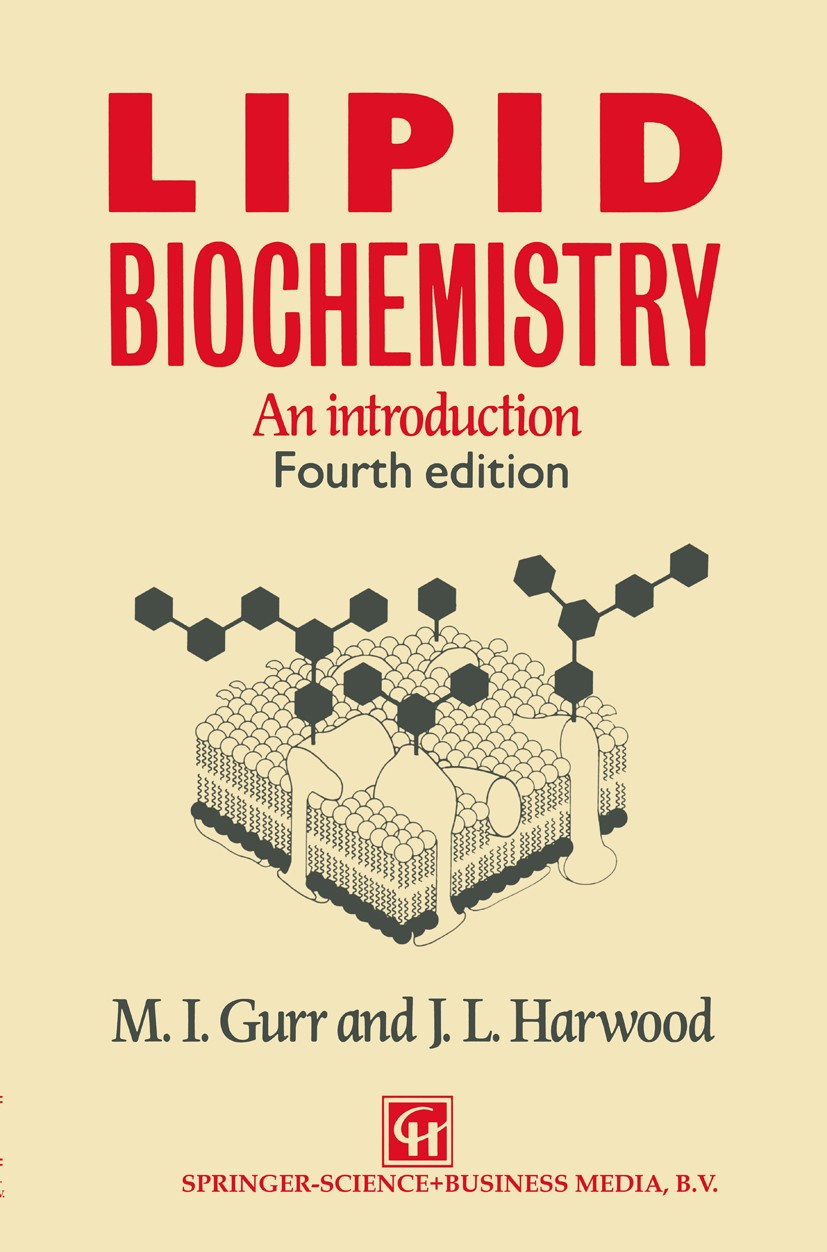| 书目名称 | Lipid Biochemistry | | 副标题 | An Introduction | | 编辑 | M. I. Gurr,J. L. Harwood | | 视频video | http://file.papertrans.cn/587/586838/586838.mp4 | | 图书封面 |  | | 描述 | Lipids can usually be extracted easily from tissues by making use of their hydrophobic characteristics. However, such extractions yield a complex mixture of different lipid classes which have to be purified further for quantitative analysis. Moreover, the crude lipid extract will be contami nated by other hydrophobic molecules, e.g. by intrinsic membrane proteins. Of the various types of separation processes, thin layer and column chromatography are most useful for intact lipids. High performance liquid chromatography (HPLC) is also rapidly becoming more popular, especially for the fractionation of molecular species of a given lipid class. The most powerful tool for quantitation of the majority of lipids is gas liquid chromatography (GLC). The method is very sensitive and, if adapted with capillary columns, can provide information with regard to such subtle features as the position or configuration of substitutions along acyl chains. By coupling GLC or HPLC to a radioactivity detector, then the techniques are also very useful for metabolic measurements. Although research laboratories use generally sophisticated analytical methods such as GLC to analyse and quantify lipid samples, | | 出版日期 | Book 1991 | | 关键词 | Lipid; Phosphor; biochemistry; chemistry; health; metabolism; protein; proteins | | 版次 | 1 | | doi | https://doi.org/10.1007/978-1-4615-3862-2 | | isbn_softcover | 978-0-412-26620-1 | | isbn_ebook | 978-1-4615-3862-2 | | copyright | M.I. Gurr and J.L. Harwood 1991 |
The information of publication is updating

|
|
 |Archiver|手机版|小黑屋|
派博传思国际
( 京公网安备110108008328)
GMT+8, 2025-12-15 11:40
|Archiver|手机版|小黑屋|
派博传思国际
( 京公网安备110108008328)
GMT+8, 2025-12-15 11:40


